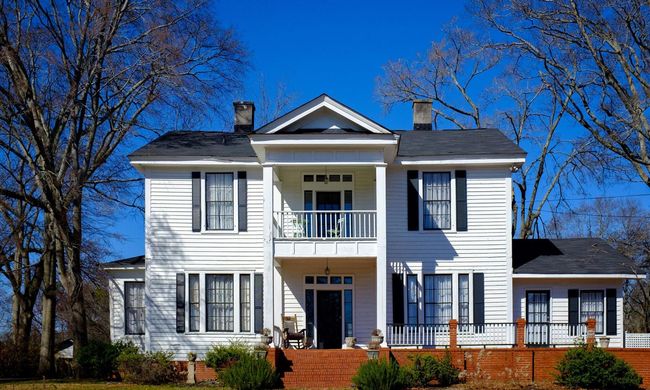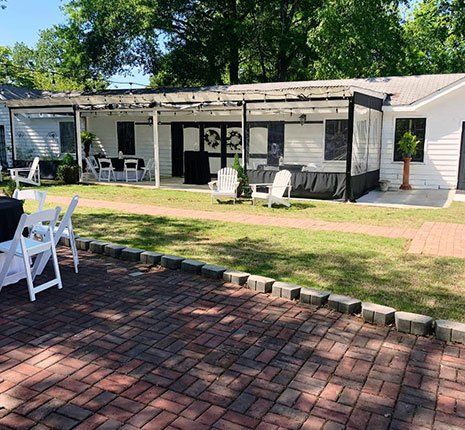The 1930s
Repairs by Sheriff Adamson began in 1936. Removing the wallpaper in the home, they discovered the names of the Union soldiers who had occupied it during the war, including:
- Robert Sullivan, Artillery
- James B. Washington, Division 14
- John B. Wuilell Saler
- George W. Harding
- Thomas, Chief-in-Command, 1st Division
- Doc B. Thompson
Research and Remnants of the Battle
Seeing Thompson's name prompted Mrs. Faye Adamson Secik, who grew up in the house, to seek more information from the Veteran's Administration in Washington, D.C. They had no way of knowing that years after their death, their signatures in 1864 would arouse the curiosity of one of the descendants of the defenders of Jonesboro.
When the writing was discovered in 1936, most of the breastworks built for the battle were still visible north and south of The Warren House. The Adamson children recalled that on rainy days they could collect a bucket of the minie balls used during the fighting. These existed until 1940 when they were plowed under.
Inspirational Ideas and Characters
A rather quiet woman named Margaret Mitchell also visited the house several times in 1935 and 1936, famous for writing Gone With the Wind, which won the Pulitzer Prize in 1937. So richly endowed with antebellum and Civil War legend, the house may have contributed in some way to her novel.






